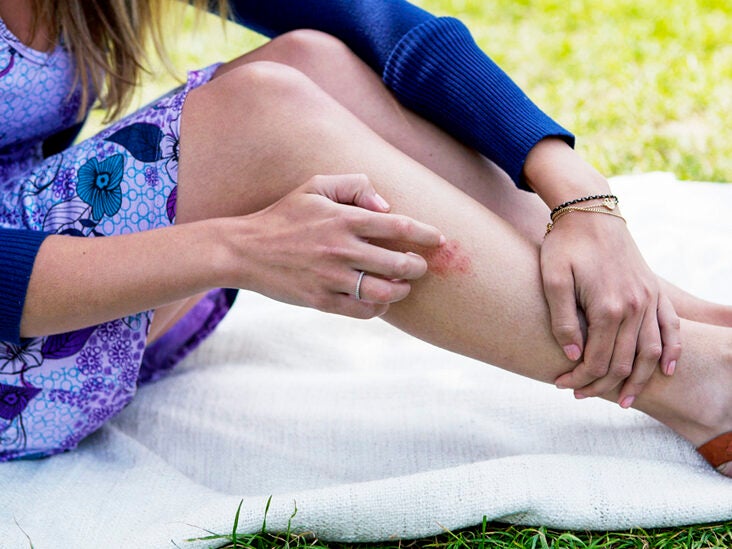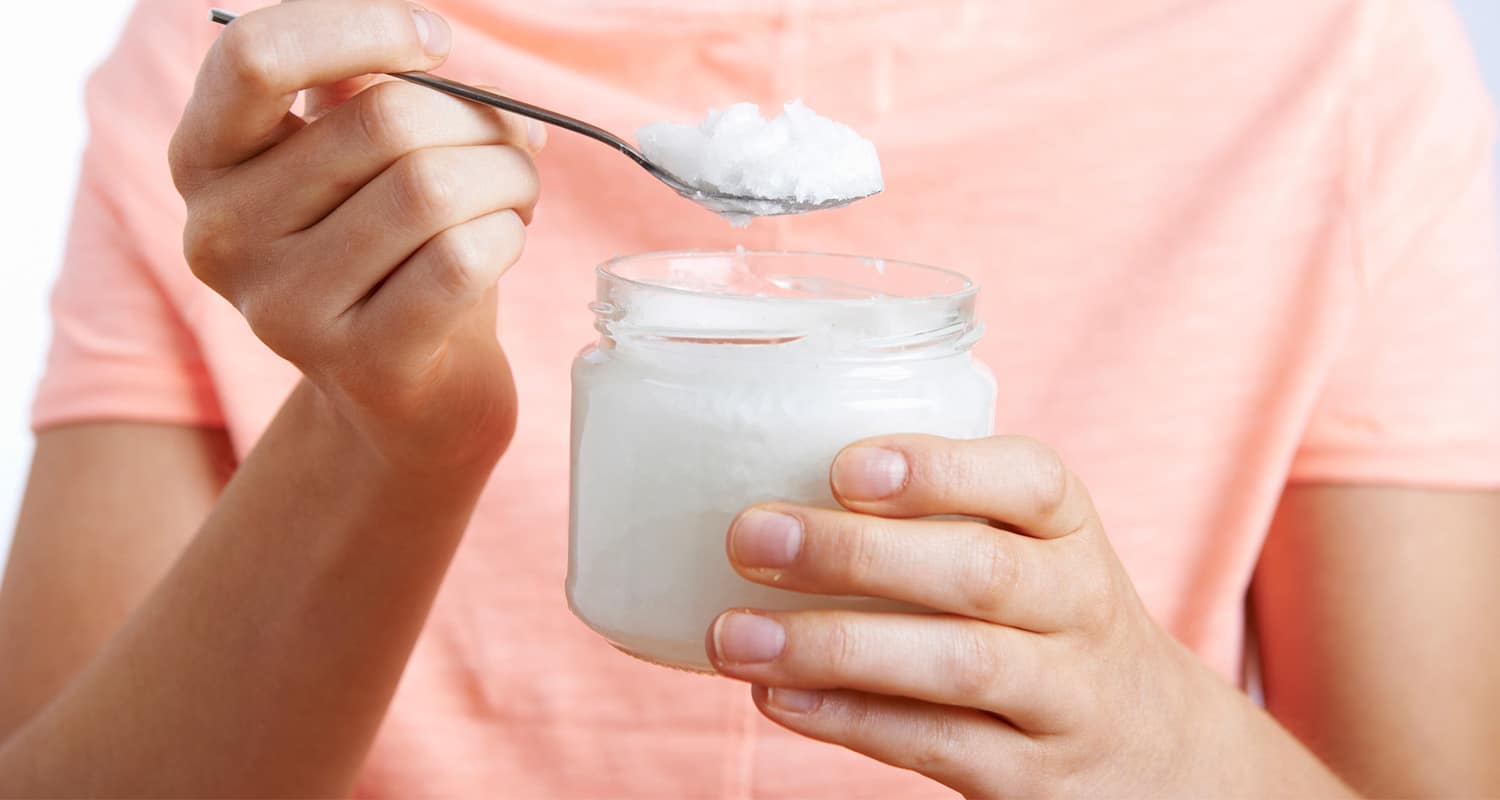
Teach younger children who are potty training to wipe from front to back to avoid spreading microbes from the intestinal track to the vaginal area.

Avoid materials like nylon that can trap heat and moisture, and make sure clothing isn’t too tight. Because yeast thrives in moist conditions, it may help to wear underwear made of cotton or other breathable fabric. See your pediatrician regularly to stay on top of routine health issues and conditions such as diabetes, which can contribute to yeast infections if not well controlled. These and other healthy habits can help keep the immune system strong so it can fight off Candida overgrowth and other infections.
#YEAST INFECTION SORES ON VAG HOW TO#
Make sure your child eats a nutritious diet, gets enough sleep, and knows how to manage stress. Your pediatrician or pharmacist may recommend taking probiotics supplements to rebuild beneficial bacteria in the body such as Lactobacillus acidophilus, which help keep Candida in balance.įocus on Health. But make sure all antibiotics are taken only as prescribed. It may be difficult to prevent all yeast infections, especially when caused by antibiotics, which your child may need for common bacterial ailments such as ear infections and strep throat. If candidiasis has spread through the blood to other parts of the body, your pediatrician will usually recommend treatment with an intravenous (IV) medication. Bloodstream infections are most common in newborns, especially low-birthweight babies, who can acquire the infection from their mothers before or during birth.Ĭhildren with medical conditions who receive treatments involving catheters, or whose immune systems are weakened by illnesses or certain medications, also are at higher risk. Yeast infections usually aren’t dangerous unless Candida gets into the bloodstream and spreads to other parts of the body. For yeast infections that return frequently, the pediatrician may prescribe oral medications. Yeast is actually a fungus, so your pediatrician can prescribe topical anti-fungal creams, ointments or suppositories to clear up an infection.


A weakened immune system caused by other illnesses or certain medications can make it difficult to fight off Candida that’s overgrowing. Poorly controlled diabetes can make a child more likely to develop yeast infections, since higher blood sugar levels may promote Candida growth. Some birth control medications can also increase infections, with Candida growth tied to higher estrogen levels. Older girls are more likely to get a yeast infection right before their periods, for example. Changing hormone levels that begin during puberty can lead to yeast infections. Antibiotics may also kill some of the body’s “good” bacteria, such as Lactobacillus acidophilus, that usually keep the Candida in balance. Antibiotics are prescription medicines used to fight harmful bacteria that can make a child sick. Yeast infections may develop after taking antibiotics. Yeast infections may arise when the balance of microscopic organisms that normally co-exist in the body become unbalanced. Symptoms often include itching, burning, and a clumpy white discharge.

The infection usually isn’t serious, but can be bothersome. In fact, it’s estimated that about 75 percent of all females will get a yeast infection at some point. Yeast infections in the vagina and surrounding area are common in girls and women.


 0 kommentar(er)
0 kommentar(er)
